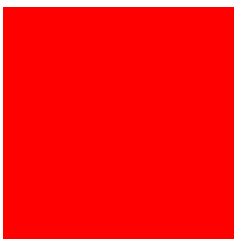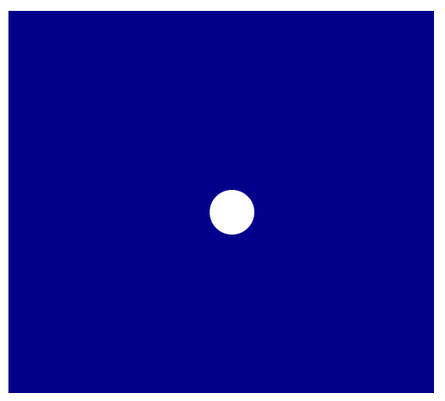JavaScript p5.js
Introduction to p5.js
P5.js is a JavaScript library for creative programming. It is built on Processing, a coding environment for creativity. Processing's major goal is to make it as simple as possible for newcomers to learn how to build interactive, graphical programs, and to make a programming language more user-friendly by visualizing it.
The benefit of adopting the JavaScript programming language is its widespread availability and widespread support: every web browser has a JavaScript interpreter, which means that p5.js programs may be launched on any web browser.
Processing is a programming language that stresses the ability of programmers to quickly construct software prototypes in order to test a new concept or check if anything works. As a result, processing (p5.js) programs are sometimes referred to as "sketches."
Editors of Preference The official p5.js documentation proposes using Bracket or Sublime and then includes the JavaScript files, which will eventually lead us to operate like any other programming language. However, the online p5.js Web Editor is the best option. It is built on a programming environment that is accessible over the internet.
What is the difference between P5.js and JavaScript?
JavaScript is a fundamental language that provides all of the ingredients (features) needed to construct any functionality into browsers. You may make use of Loop, Function, Conditional, DOM Manipulation, events, canvas, and so forth. As a result, we may use JavaScript to create and construct any library or framework that can address any problem.
P5.js is a JavaScript library. P5.js is written entirely in JavaScript. It includes various functions that make the life of a JavaScript user easier to sketch in the web.
If we wanted to draw something in pure JavaScript, we would have to write 100 lines, but using p5.js, we could accomplish it in a few lines.
Finally, P5.js is a JavaScript library. JavaScript is used as a stand-alone language in this case.
Is it worthwhile to use p5.js?
It's one of several Canvas API frameworks/libraries.
Canvas works fine on its own, but a framework or task-specific library is an excellent option if you want to make routine tasks easier and write less boilerplate. There are a plethora of them, each specializing in a distinct area, such as data visualization or gaming.
Example
function setup() {
createCanvas(600, 600); //Canvas size 600*600
}
function draw() {
background('red'); //background color red
}
Output:

setup(): It is the setup() function's statements. When the software starts, it just runs once. The first statement must be createCanvas.
draw(): The draw() commands are performed until the programme is terminated. Each sentence is run in order, and once the last line is read, the first line is run again.
Making a Circle
- The canvas size is determined by the creativeCanvas function, which are the width of the canvas and the height of the canvas.
- The background() method determines the color of the canvas we create. We utilize the color parameter here, but other parameters can be used as well.
- The noStroke() method indicates that there is no ellipse outline.
- The ellipse is drawn using the ellipse(x position of the ellipse, y position of the ellipse, width of the ellipse, height of the ellipse) function.
function setup() {
createCanvas(500, 450);
background(‘darkblue’);
noStroke();
ellipse(width/2, height/2, 50,50);
}

What is the purpose of p5.js?
It's simply a Processing port that runs in the HTML5 canvas element. Even the 2D canvas context employs hardware level rendering, thus many things are paradoxical to folks accustomed to user-friendly graphics tools. When writing a canvas-based implementation of Peter Henderson's functional geometry, one example that took through nearly a half-dozen design iterations was first transforming the context and then drawing to it, which overturns control flow from the more instinctive (and compositional) order of instantiating and then applying transitions to it.
Processing.js is to blame for a lot of the p5.js misunderstanding. The former is a legal port, but the later parses Java code using regular expressions. Processing.js is still widely used. Quil for ClojureScript is still built on top of it. When it comes to totally restructuring libraries like that, there appears to be an element of sloth. And p5 didn't appear to have any promotion behind it, which may be a problem. To be honest, graphics programming is challenging, and there are few high-level libraries with truly high-quality implementations.
Summary
Hence, p5.js is a JavaScript framework that takes Processing's initial goal—making coding accessible to artists, designers, educators, and beginners—and reinterprets it for today's web.
p5.js includes a comprehensive set of sketching capability, based on the original idea of a software sketchbook. We are not confined to the sketching canvas; but we may consider the whole browser page to be our sketch! p5.js offers add-on libraries that let us to interface with additional HTML5 objects such as text, input, video, camera, and sound. It is a fresh interpretation under active development, not an emulator or port.